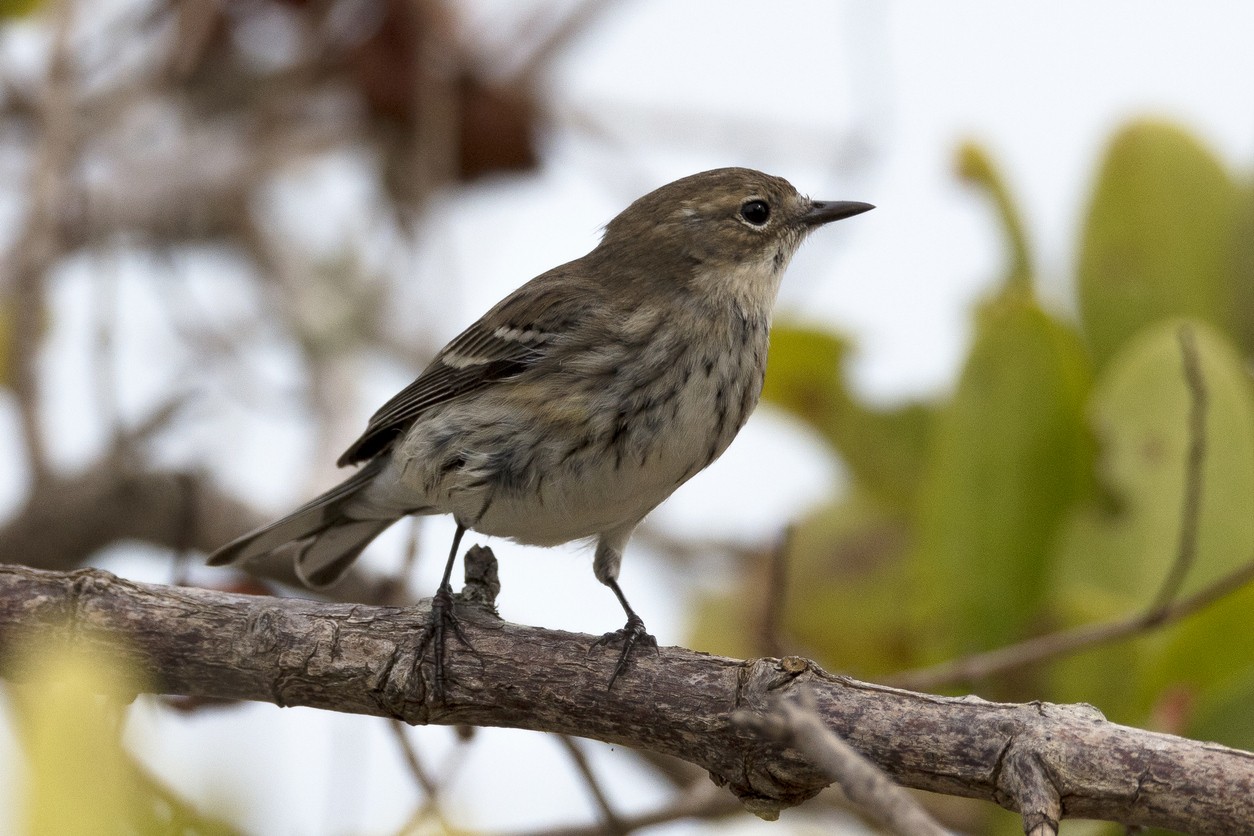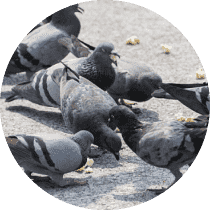Seaside Sparrow
A species of Grassland sparrows Scientific name : Ammospiza maritima Genus : Grassland sparrows
Seaside Sparrow, A species of Grassland sparrows
Botanical name: Ammospiza maritima
Genus: Grassland sparrows
Content
Description General Info

Description
The seaside sparrow (Ammospiza maritima) is a small American sparrow. Adults have brownish upperparts with gray on the crown and nape, and a grayish-buff-colored breast with dark streaks; they have a dark face with gray cheeks, a white throat, and a short, pointed tail. Birds show a small yellow streak just above the eye. Their breeding habitat is salt marshes on the Atlantic and Gulf coasts of the United States from southern New Hampshire to southern Texas. The nest is an open cup usually built in the salt marsh on tidal reeds and spartina grasses. Females lay two to five eggs. Northern birds most often migrate farther south along the eastern coast of the United States. They forage on the ground or in marsh vegetation, sometimes probing in mud. They mainly eat insects, marine invertebrates and seeds. Their feeding areas are often some distance away from the areas they choose to nest. One of the numerous subspecies of this bird, the dusky seaside sparrow (A. m. nigrescens), has recently become extinct, and the Cape Sable subspecies, A. m. mirabilis, is endangered. Occurring in a restricted range but of uncertain validity is Scott's seaside sparrow, (A. m. peninsulae). Those were formerly considered a separate species. The song is a raspy buzz that closely resembles a distant red-winged blackbird. 
Size
15 cm
Life Expectancy
9 years
Nest Placement
Shrub
Clutch Size
2 - 5 eggs
Feeding Habits
Seaside Sparrow primarily consume seeds, insects, spiders, and various invertebrates. They employ their sizable beaks to probe dense vegetation and mud for prey, including tiny crustaceans, and use a 'double-scratch' technique with their large feet to uncover hidden food. While they mainly forage alone on the ground, they can also dart after flying insects or wade into water, occasionally submerging their heads for aquatic prey. In group settings, these birds may flock to areas rich in seeds.
Habitat
Seaside Sparrow's preferred habitats are tidal saltmarshes and brackish marshes, often spotted up to 13 miles inland. They favor environments with vegetation like saltmarsh rush, black needlerush, and smooth cordgrass, thriving at sea level climates that support such flora. Crucial to their habitat are the plant diversity and creek mosaics, providing ample food sources. Seaside Sparrow largely shuns dense reed stands but may nest in Phragmites reeds occasionally.
Nest Behavior
The female seaside Sparrow within the male's territory selects the site and constructs the nest. Nest building coincides with local tidal patterns to prevent flooding, followed by egg-laying and shared parental care of the young.
Nest Characteristics
Seaside Sparrow's nest is a tight grass cup, lined with fine grasses, roughly 3.9 inches wide and 2.8 inches tall, with an interior cup 2.4 inches wide and 2 inches deep. It's located in taller marsh vegetation, 6-12 inches off the ground, occasionally with a canopy.
Dite type
Insectivorous
General Info
Feeding Habits
Bird food type
Bird Feeder Type

Ground
Behavior
Seaside Sparrow exhibits a distinct lifestyle closely tied to coastal marshlands, their primary habitat. During spring breeding, males establish territories by singing—a behavior that noticeably varies by geographical regions, with southern populations breeding before northern migrants. Territory sizes can differ vastly. Upon a female's arrival, males exhibit intricate courtship behaviors, including songs, wing-raising, and unique vocalizations resembling a whinny. The mutual exchange of these calls signifies receptiveness, leading to swift pairing. Post-mating, females actively engage in nest-building, signaled by their own whinny calls, while males may participate in material collection, albeit without the intent to contribute directly to nest construction.


Scientific Classification
Phylum
Chordates Class
Birds Order
Perching birds Family
New world sparrows Genus
Grassland sparrows Species
Seaside Sparrow